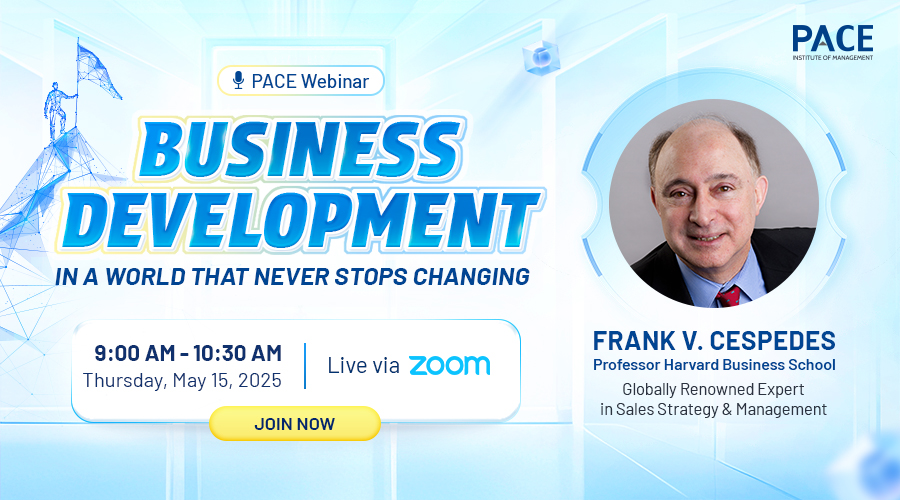Many businesses are at a crossroads. They want to steel themselves for a potential economic downturn and stay positioned for growth. They’re struggling to recruit skilled talent for critical roles while also contemplating workforce reductions or hiring slowdowns. And they’re considering pulling back on investments, like upskilling, that can help them create a more agile workforce while at the same time increasing digital investments that can give them an edge.
It’s a peculiar and confusing time. Chief financial officers and other senior executives are scanning the horizon for clear signs to follow, but the landscape is murky. The result is that many are keeping their options open, taking two paths at once. Observations in a recent FiveThirtyEight article help to summarize the current situation well: economic signals are pointing in different directions, the reality is that everyone is guessing, and the economy is particularly weird right now.
What is clear is that most executives are resigned to cost-cutting measures in the near term. Ninety-nine percent of C-suite executives, including CFOs, responding to a CFO.com survey predict their organization will need to make budget cuts this year due to economic uncertainty — and almost two-thirds (61%) of respondents said those cuts will include hiring or talent retention investments. Meanwhile, 83% of leaders expect their business will have critical hiring needs in the first half of 2023.
Navigating a ‘Weird’ Landscape Requires Different Thinking
The CFO.com survey findings underscore the crossroads conundrum: Most companies need to hire workers for vital roles, but their leaders feel compelled to take a wait-and-see approach to recruiting new talent. The results also suggest that senior executives are hopeful that strategies, like reducing expenses, will help their organization stay resilient and profitable despite economic headwinds.
When the economy gets rough, putting new hiring on ice or reducing headcount are the go-to steps for many organizations. But moving too fast to apply these typical band-aids may create adverse outcomes. Every downturn is different. There’s also a peculiar array of dynamics in the U.S. economy at the moment — from high inflation and rising interest rates to low unemployment and a robust pattern of quitting (outright or quietly) by millions of workers across industries.

Image: Shutterstock
Companies that want to navigate economic turbulence successfully may want to keep their eyes forward instead of looking to the past for guidance. If they take the traditional route and significantly reduce the size of their workforce and halt hiring activity until things start to look “better,” they could put themselves at a significant disadvantage. While they sit back, competitors willing to continue making strategic investments in talent may be able to rebound faster in a recovery.
With that scenario in mind, here are three ways that future-forward CFOs can seize the moment to create a more resilient workforce for their finance department and the broader organization, too.
1. Don’t Hesitate to Snap Up In-Demand Talent
Going into 2023, there were essentially two jobs for every unemployed person in the United States. And data from the Bureau of Labor Statistics shows that unemployment rates for many positions in fields such as accounting and finance are well below the national average. The rate for accountants and auditors, for example, is just 1.7%, according to BLS figures.
So, despite economic uncertainty, many skilled workers still have their pick of job opportunities. It’s also likely these professionals will remain highly desirable hires for many employers if and when a recession officially materializes. That’s why businesses shouldn’t let up on efforts to recruit the skilled workers they really want to hire now — and are confident they will need for the future.
An added benefit of remaining engaged in the current hiring market: Many layoffs seen in recent months have been in the technology sector, including from well-known companies with reputations for hiring innovative thinkers. Companies that need to hire tech-savvy talent should be considering whether any professionals from this pool of thousands can find a home in their organization. (An embrace of remote hiring can also help put these professionals within reach.)
2. Do Rethink Talent Models
A study by Mercer found that many CEOs and CFOs view their organization’s current talent model as inadequate in helping the business to overcome talent shortages or increase business agility. Mercer also writes in its survey report: “The sobering realization is that without a radical rethink of talent models, talent — not the global economy — will be the dampening impact in 2023.”
Some of the ways leading businesses are making sure they can access the talent they need, when they need it, is by engaging contingent resources, including contract professionals and managed solutions. They can keep projects moving forward and access specialized skills while they’re hiring, upskilling or reskilling workers. Many firms also find that hiring remote workers keeps them nimble.
Other companies are getting even more creative, according to Mercer’s research. They’re building “talent marketplaces” that allow them to “mine pools of internal skills and allow talent to migrate fluidly within their organization.” They’re making the best use of their talent at all times by positioning workers where they can be the most effective as business needs change. Also, this approach helps their workers to keep building skills and knowledge so they can become more well-rounded and remain relevant.
3. Don’t Put the Brakes on Professional Development
Even if the economy slows down, the pace of technological change won’t — nor will the rate of change that technology drives within business. In the future of work, whether we’re talking about next year or 10 years from now, businesses will need skilled workers to compete, period.
De-prioritizing the upskilling and reskilling of workers in the finance organization and elsewhere in the business, even temporarily for the sake of cost management, could end up weakening the organization in the long term. It will almost certainly undermine the company’s efforts to retain in-demand talent. Research from Gallup found that nearly half (48%) of American workers would switch to a new job if it meant they could access skills training.
CFOs and other business leaders should continue investing appropriately in the professional development of top performers, including coaching them, presenting them with opportunities to innovate and putting them in the succession planning pipeline. Providing cost-effective but meaningful learning options for other staff members, such as mentoring arrangements, peer learning and stretch assignments, will also help the business continue to future-proof its workforce, while increasing employee job satisfaction in an economic period that’s unusual, to say the least.








.jpg)
.jpg)

